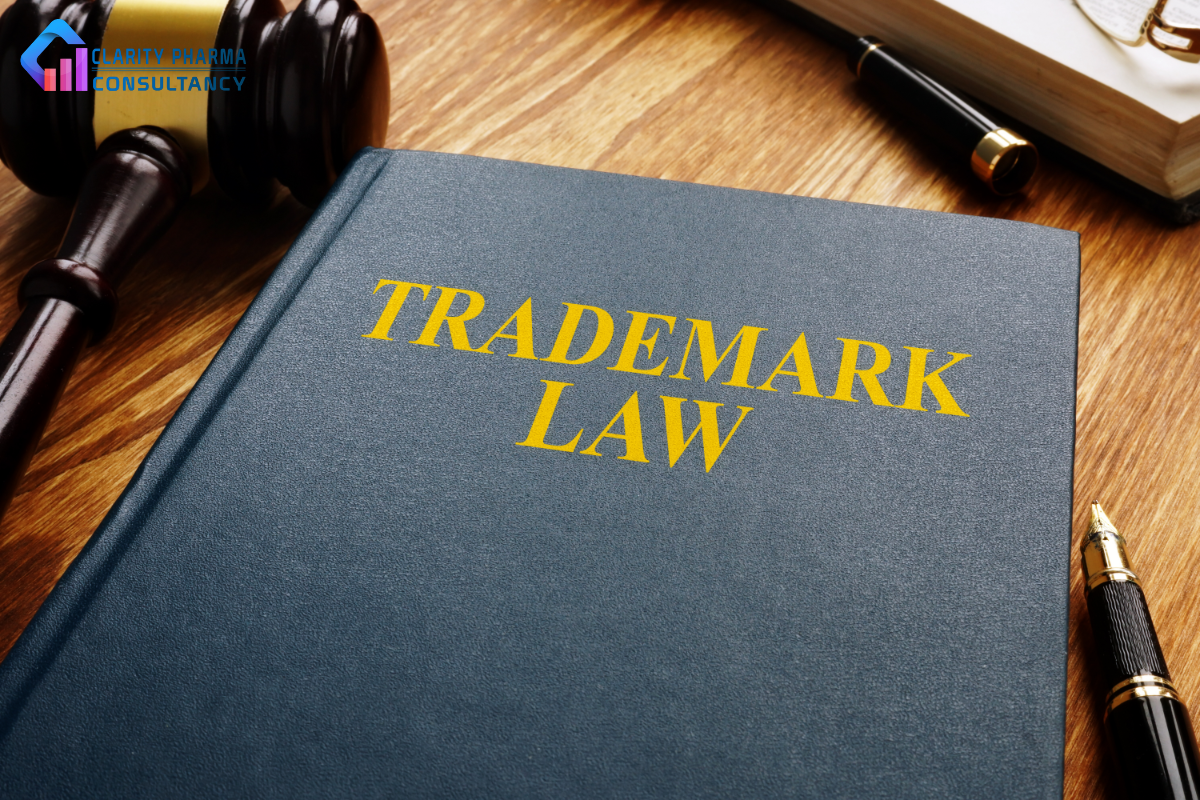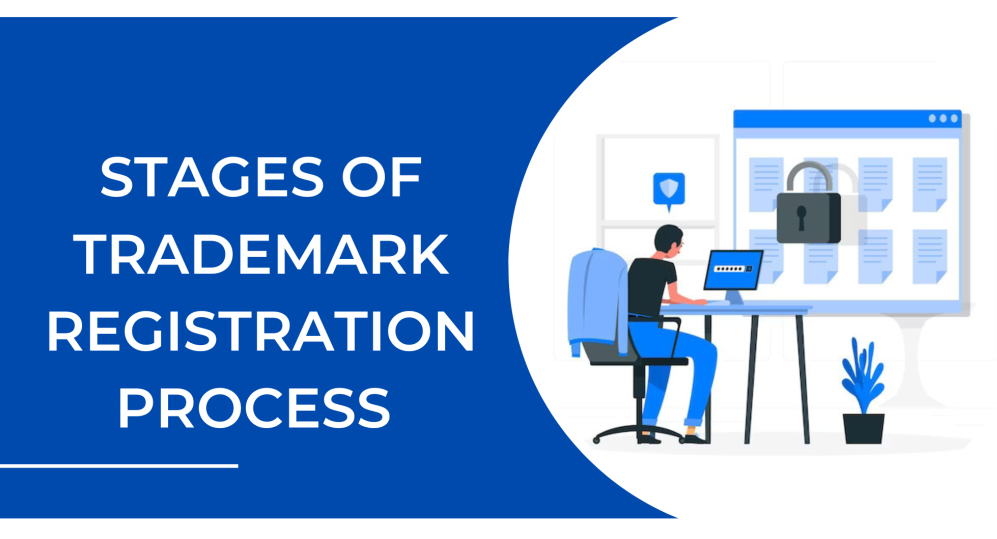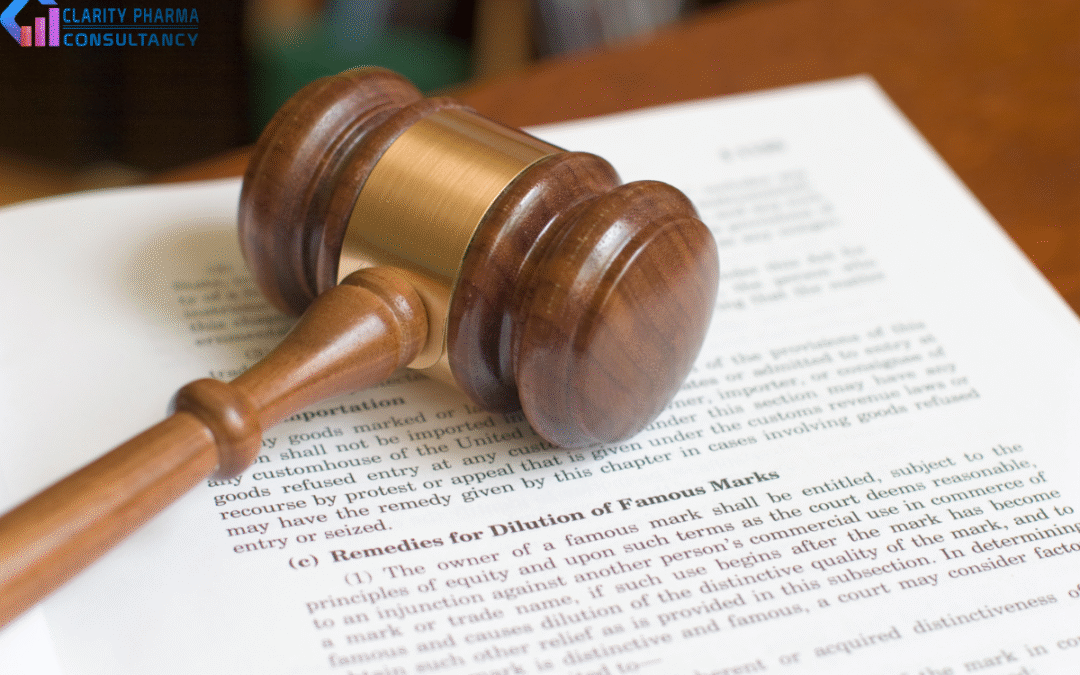In a crowded marketplace, your brand is more than just a name. It’s the story, the promise, and the trust you build with your customers. Registering a trademark with the Kenya Industrial Property Institute (KIPI) under the Trade Marks Act, Cap. 506 turns that intellectual promise into a legal asset.
This guide walks you through every step—why trademark protection matters, how to prepare, what to expect, and how to avoid missteps—so you can confidently solidify your brand’s foundation.
What a Trademark Really Means—and the Kinds You Should Know
A trademark is a distinctive sign—whether a word, logo, design, slogan, or even a combination—that identifies goods or services from one provider and distinguishes them from others. Essentially, it lets customers say “this is yours, not theirs.” Under Kenyan law (Cap. 506), the sign could be almost anything that’s distinctive: a symbol, a design, a slogan, or letters and numerals.
There are a few different kinds of trademarks you might use:
-
Standard (Ordinary) Marks: These are the most common. Think of a unique brand name or logo that you design to represent your business or product line. These are what most people mean when they say “trademark.”
-
Service Marks: These are similar to standard marks, but they apply specifically to services—things that aren’t physical products. If you run a consultancy or offer online services, for instance, you might use a service mark.
-
Certification Marks: These aren’t owned by the manufacturer or service provider directly. Instead, an organization owns the mark, and others who meet certain standards are allowed to use it. For example, a “Certified Organic” logo or mark that signals compliance with certain criteria.
-
Collective Marks: These are used by a group, association, or cooperative. If you’re part of a guild or association that wants to share a common mark to signify membership or quality, a collective mark lets you do that.
Why You Must Register Your Trademark

You may think using a name or logo is enough, but registration gives you advantages you won’t easily get otherwise.
- Exclusive rights to your trademark in Kenya. That means legally, you are the only one who can use it for the goods or services you declared when filing. If someone else tries, you have a strong legal basis to stop them.
- Solid legal recourse. Should someone infringe—copy or imitate your mark—you can pursue injunctions (court orders to stop them), seek damages, or take other legal action. Registered rights are recognised in court without having to prove first use in many cases, which simplifies enforcement.
- Commercial value. A registered trademark can be licensed out, sold, or used to boost investor confidence. It builds trust with customers because they see your brand as legitimate and protected.
- Nationwide coverage. Without registration, your rights might be limited practically or geographically. A registered mark ensures you can enforce your rights across all of Kenya, not just where you operate.
- Ease in domain name. When it comes to domain names, cross-border expansion, or stopping counterfeiters, having a trademark makes your position much stronger. People take registered marks more seriously, especially in disputes.
Before You File: Getting Everything Ready
Preparation is half the battle. Laying the right groundwork increases your chance of approval and smooths the path.
1. Conduct a Comprehensive Trademark Search
Don’t assume your mark is unique—check. Using Form TM 27, search KIPI’s database to find existing trademarks that might clash with yours. This isn’t just about avoiding legal issues; it’s also about saving time and money. If someone else already owns a confusingly similar mark in your class, you could face rejection or opposition. Doing this search early helps you adjust your design or wording proactively.
2. Choose the Appropriate Class(es) and Write a Clear Description
Kenya uses the Nice Classification System, which divides goods and services into classes. You’ll need to decide which class or classes your goods or services belong in. Be specific. For example, if you sell both clothing and accessories, those might fall under different classes. If your description is too vague (“apparel” vs. “women’s dresses”) or overly broad, KIPI might push back, or someone else might challenge it. Clear, precise descriptions help avoid ambiguity later.
3. Design a Distinctive, Memorable Mark
To register successfully, your mark should stand out. Avoid generic words like “best” or “premium,” unless paired with something unique. Think of coined words, stylized names, or logo designs. If your mark is too descriptive (e.g. “Fresh Juice Shop” for a juice business), KIPI might refuse it. Also think about visual distinctiveness—fonts, colors, shape. The more unique, the more defensible.
4. Decide Use or Intent-to-Use & Prepare Documentation
Even if you haven’t used your mark yet, you can still apply. However, showing actual use strengthens your position, especially if someone opposes the application. Gather proof: photos, packaging, labels, advertising. Also ensure your business name, address, and identity are correctly spelled and presented in your documents. Any error there can cause delays or complications.
The Step-By-Step Trademark Registration Journey
Here’s what to expect when you file with KIPI. Think of these as checkpoints. If you understand them, you can anticipate delays and stay on top of your application.

1. Submission of the Application (Form TM 2):
You start by completing Form TM 2. You’ll submit a clear representation of your mark (image or description), specify the class or classes of goods or services, and give all applicant details. You can do this online via the eCitizen portal or submit in person at KIPI’s offices. Make sure your submission includes everything required—missing documents or unclear information can cause back-and-forth delays.
2. Formal Examination:
After submission, KIPI reviews the application to ensure compliance with formal requirements. They check whether the mark is distinctive, whether it conflicts with earlier marks, whether the description is adequate, and whether it adheres to absolute grounds for refusal (for example, marks that are deceptive or contrary to public order). This stage can take several weeks or months, depending on how clean your application is.
3. Publication in the Industrial Property Journal & Opposition Period:
If your application passes the formal examination, KIPI publishes it in the Industrial Property Journal. This is public notice: others have 60 days to file objections if they believe your mark infringes upon theirs or is too similar. It’s important during this phase to monitor possible opposers. If no one opposes, or if oppositions are resolved in your favor, you move closer to registration. If someone does oppose, you’ll need to respond, possibly negotiate, or present arguments or evidence.
4. Registration & Issuance of Certificate:
Once the opposition period is over—assuming no successful opposition—you’ll pay the registration fee. Then KIPI issues a Certificate of Registration, and your trademark is officially registered for 10 years from that date. From then, you have legal protection under Kenyan law.
Keeping It Alive: Renewal, Changes & Assignments

Registering is not the end—it’s just the beginning of stewardship.
Renewal is essential. After ten years, you must renew the mark to retain protection. If you miss the deadline, there may be grace periods—but non‑renewal can result in losing rights, and others may begin using similar marks without consequence.
Amendments and Assignments: Over time, you may need to update details—change the address, transfer ownership (in case of sale or partnership), or license usage. If your logo evolves or you wish to update branding, it may be possible, though major changes to logo design might require a new application, depending on how different it is. Always use the official forms and follow KIPI’s procedures for those changes.
Enforcing Your Rights: When Things Go Wrong
Registration gives you power, but you must be proactive about enforcement to protect your asset.
Identifying Infringement Risks:
Unauthorized use of your mark, counterfeit products, confusingly similar domain names, or even deceptive trade practices are common challenges. Keep an eye on the marketplace and online channels. Sometimes, infringement can be subtle—slight alterations to your mark or use in adjacent classes; you’ll want to catch those early.
Legal Measures You Can Take:
If someone infringes on your trademark, you can seek injunctive relief (a court order to stop them), claim damages or an account of profits, request seizure and destruction of infringing materials, or even pursue criminal penalties if the law allows. Also, domain name disputes can often be handled through arbitration or domain dispute protocols. Having your trademark registered strengthens your position in all of these situations.
Common Mistakes & How to Avoid Them
Even with a careful process, many applicants make avoidable errors. Here are pitfalls people often encounter—and how you can stay clear of them.
-
Choosing a mark that’s too generic or descriptive. If your mark merely describes the goods (say, “Natural Honey” for honey products) or is a common phrase, KIPI may refuse it. To avoid this, pick something distinctive—either a coined word, a stylized logo, or something with a twist.
-
Skipping the search phase. Without a thorough search, you risk creating a mark that conflicts with existing ones. That can lead not only to rejection but potential legal action. Always do TM 27 and ideally also international checks.
-
Postponing renewals. Many lose rights simply because they forget renewal deadlines. Set reminders well in advance. It’s easier and cheaper to plan ahead than to try to recover lapsed rights.
-
Neglecting enforcement. Letting small infringements slide can weaken your position. If others are using similar marks or infringing in lesser‑known channels, taking early action signals strength and discourages further misuse.
-
Mishandled amendments or transfers. Failing to use the correct forms or not properly documenting changes in ownership or address can lead to legal disputes or even invalidate your registrations. When in doubt, consult legal counsel to ensure everything is properly filed.
Additional Updates & Practical Tips for 2025
To make sure you’re operating with the most current information:
-
Laws, fees, or administrative processes may shift. Always check KIPI’s official website for the latest documentation and rates.
-
Recent governance developments suggest that certain trademark registrations, renewals, or revocations may require additional oversight or approval. Staying informed helps avoid delays.
Frequently Asked Questions
How do I register a trademark in Kenya?
To register, you start by filling out Form TM 2 and submitting your trademark details to KIPI. Then, they’ll examine your application, publish it for public comments, and if all goes well, you’ll get your registration certificate.
How much does it cost to register a trademark in Kenya?
The fees can vary, but generally, a trademark search costs about KES 1,000, and filing your application starts around KES 4,000. Keep in mind, prices change, so it’s good to check KIPI’s website for the latest info.
Can someone from outside Kenya register a trademark here?
Yes, they can! But if you’re a foreigner, you’ll need to appoint a local agent or lawyer to handle the registration on your behalf.
How long does the whole registration process take?
Typically, it takes between six to nine months. That timeline depends on whether there are any objections or oppositions along the way.

